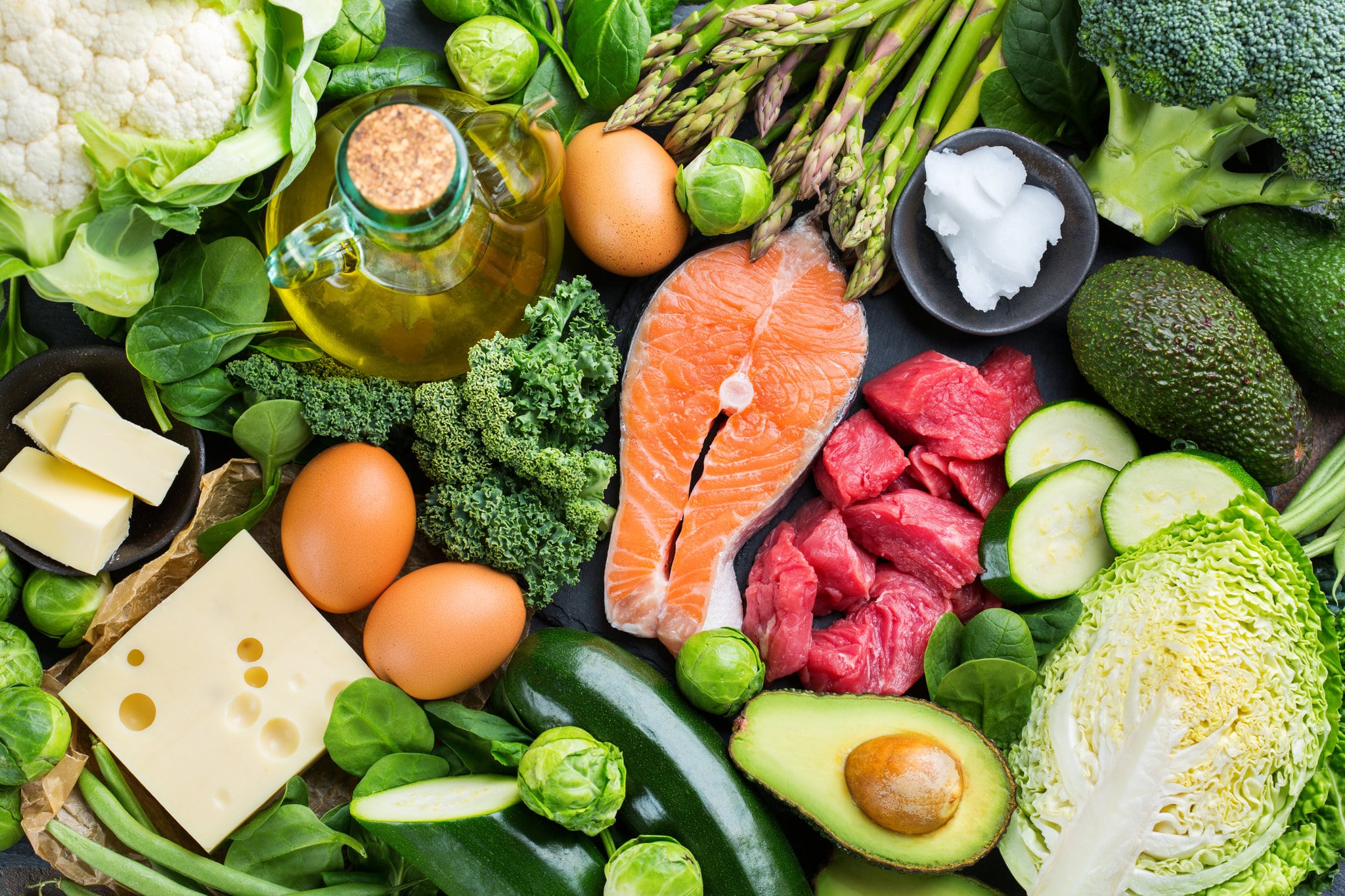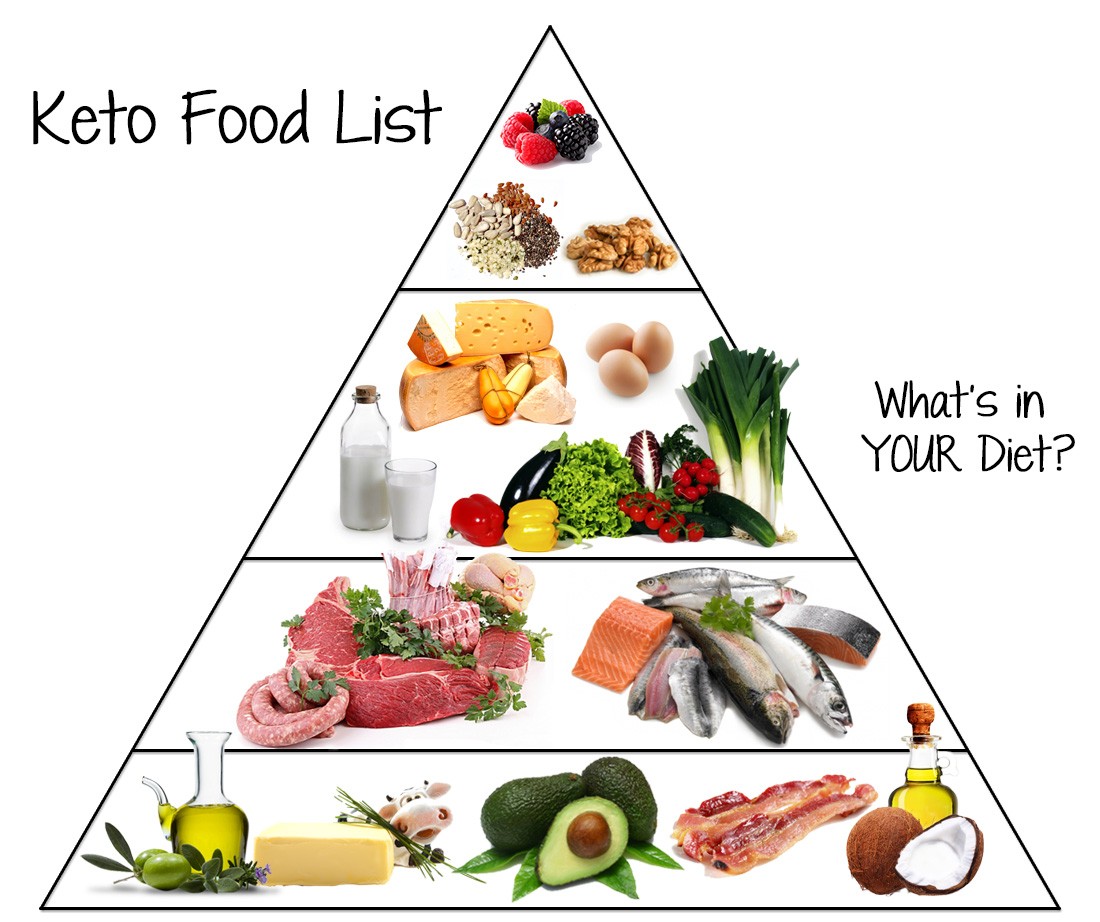All you need to know about ketogenic dieting

Summary
It’s no secret the means many people are willing to explore in their pursuit of weight loss. From specific dieting plans to numerous exercise routines, the search for the perfect formula that guarantees the shedding of undesired weight appears to be a never ending one.
One formula that seems to have gained massive popularity in recent times is Ketogenic Dieting commonly referred to as “keto”. Here are all the things you need to know about this trending weight loss procedure.
Origin
Although its upsurge in popularity happened a few years ago, the ketogenic diet has actually been around since the 1920s. Used as an alternative way of treating epilepsy, it enjoyed moderate success at managing the condition until it was replaced by new anticonvulsant therapies.
Read Meals which support health and fitness during pregnancy
What is Ketogenic Dieting?
Ketogenic dieting is the consistent consumption of meals that contain extremely low amounts of carbohydrates and high amounts of fat. This is done so the body can attain a state of ketosis.
When the body switches from using carbohydrates to using fat as its source of energy, it is said to be in a state of ketosis. Ketogenic dieting deprives the body of adequate carbohydrates to burn for energy, therefore it begins to burn fat and produces ketones, which serve as energy source.
The body reaches a state of ketosis about two to seven days after starting ketogenic dieting.

How does Ketogenic Dieting make you lose weight?
The absence of carbohydrates in the body, coupled with the constant burning of fat for energy once you reach ketosis serves as a two edged sword for people seeking to lose weight.
Read 6 essential ways to keep fit and have a healthy body
What to eat when on a Ketogenic Diet
Basically any food that is high in fat/protein and very low in carbohydrates is perfect when keto dieting. Examples of food to eat when on a ketogenic diet include:
- Seafood such as salmon, shrimps and crabs.
- Meat and poultry
- Nuts and seeds
- Butter and cream
- Dark chocolate and cocoa powder
- Cheese
- Eggs
- Berries
What to avoid when on a Ketogenic Diet
All foods containing high or even regular amounts of carbohydrates or sugar must be avoided when keto dieting. Examples of such foods include:
- Rice
- Anything made from corn
- Anything made from flour (bread, cake etc)
- Beer
- Potatoes
Read Effective ways to avoid stress eating during a lockdown

Disadvantages of Ketogenic Dieting
Before you make the decision to go on a keto diet, you need to consider the adverse effects that come with this form of dieting.
- Most people complain of headaches, nausea, irritability, dizziness among others at the beginning of their keto journey. These symptoms might wane off as you continue but it’s still worth noting.
- Ketogenic dieting increases the risk of developing kidney stones as a result of the uptake in consumption of protein.
- The restrictive nature of keto dieting makes it highly unsustainable
- There’s also a high possibility to quickly regain the weight you lost once you stop dieting.
- Keto is also known to result in frequent urination, excessive thirst, sweating and fatigue.
Conclusion
All over the internet and social media, there are a lot of testimonies from people who have been through or are still on a keto diet. Although the results might seem fascinating, it’s highly recommended that you consult a registered dietitian or your physician before you commence any diet plan.




Comments